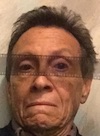 A Visit from the Tone Police of Academe (1)
A Visit from the Tone Police of Academe (1)
As mentioned in a previous post, a European colleague sent me a copy of Vincent Lavoie’s recent book, L’affaire Capa: Le procès d’une icône (Paris: Les editions Textuel, 2017), and, as I speak and read French passably, I made my way through it over the course of a few weeks. This book’s title translates as “The Capa Affair: the trial of an icon.” Previously I had read only the first chapter, which appeared in the final issue of the French journal Études Photographiques (no. 35, Spring 2017), along with my own synopsis of the Capa D-Day project, written as our online investigation drew to the close of its first phase.
Lavoie, a professor in the Department of Art History at the University of Quebec in Montreal, also serves as director of the semiannual scholarly journal Captures: Figures, théories et pratiques de l’imaginaire, published by the same institution. He has authored several previous books and a number of articles. His latest book concerns itself primarily with Capa’s 1936 Spanish Civil War image “Falling Soldier,” but its concluding chapter folds into that discussion an analysis of the Capa D-Day project. Alas, since no English-language edition of it has appeared so far, you’ll have to take my word that it’s fascinating in its wrongheadedness.
•
At the moment of Lavoie’s completion of his manuscript, the Capa D-Day project remained in progress. Indeed, according to Lavoie’s footnotes, the most recent post of the series that he cites dates from October 19, 2015 — 16 months after we began, and just after our project went viral in France. Thus he bases his analysis exclusively on the first third of our published research to date.
This chapter of his treatise strikes me as an afterthought — by which I mean that I doubt that our Capa D-Day project had even begun when he started to write this book. I gather that Lavoie and his French publishers felt this addendum necessary as a result of the high profile that the Capa D-Day project attained in France in the summer and fall of 2015.
Though necessarily limited in that regard, this commentary by Lavoie represents, to date, the most extensive consideration of our project aside from Patrick Peccatte’s June 2015 synopsis thereof at his blog. And it is the first such evaluation to appear in book form. So I welcome it on both those grounds, as yet more evidence that our investigation has already begun to affect the literature on Capa.
Which doesn’t mean that I endorse Lavoie’s project, or even take it seriously. To the contrary. First and foremost, I find noteworthy Lavoie’s palpable disdain for those of us who get our hands dirty by rooting around in archives, getting all dusty while examining primary materials and original documents. None of that tedious labor for M. Lavoie. His lack of research and resistance to engagement with the primary materials explains why he needs to trivialize our concentration on those sources.
Aside from his smug, patronizing tone, I find several things interesting here:
• First, Lavoie spends a considerable amount of time addressing the earliest phase of our investigation, in which I tried to determine the cause(s) of the mysterious images manifested in the supposedly “ruined” negatives shown in the 2014 Time, Inc. video. Despite the fact that I made it quite clear in those posts that my experiments with contemporary materials did not qualify as scientific in any way, Lavoie insists that I sought to scientificate my inquiry with those tests. Moreover, those inquiries were rendered irrelevant — as I promptly noted at the time — by Rob McElroy’s revelation that those “damaged” negatives in the video were digital fakes. In any case, this is a minor matter in the overall investigation, hardly worth the space Lavoie devotes it in relation to other, more important issues — such as the collaboration of Time, Inc., Magnum Photos, the International Center of Photography, Cynthia Young, and John Morris in the production of that video with its forged negatives.
• Second, Lavoie insists that my purpose for undertaking this project involved questioning the “authenticity” and “sincerity” of Capa, and that I set out to challenge assumptions about those interior psycho-emotional states in the photographer himself. This is not only false but extremely misleading. I couldn’t care less about Capa’s “sincerity” and/or “authenticity,” or that of LIFE‘s assistant picture editor, John Morris, from whom the tall tale of the emulsion melt initially sprang. Nor, for that matter, the “authenticity” and “sincerity” of Cornell Capa, Richard Whelan, Cynthia Young, or others at the above-named institutions. The Capa D-Day project addresses the conscious, deliberate, eventually systematic creation of a financially and professionally profitable myth, seeded in their professional capacities by Morris and Capa and elaborated for seven decades by a consortium of powerful institutions and individuals.
• Third, for reasons unexplained Lavoie’s analysis of the research relating to Capa’s “Falling Soldier” completely ignores the groundbreaking work of José Manuel Susperregui. If my educated guess regarding the timing of the book’s production is correct, then, its June 2017 publication date notwithstanding, Lavoie finished working on this book at least a year before Susperregui’s 2016 publication of his conclusive research on “Falling Soldier.” So I’m not surprised that he doesn’t mention that phase of Susperregui’s research. But this does not excuse his failure to refer to or engage with the earlier phase of Susperregui’s research on this matter, published in 2009 and readily available to Lavoie.
This doesn’t mean that Lavoie aspires to membership in the Capa consortium or in any way seeks to validate Capa’s controversial pictures. Rather, I think he wishes to have his cake and eat it too. He wants to pose as somehow a cut above serious Capa researchers by dint of applying his amateur psychoanalyzing to our intensity of purpose, while at the same time never in any way refuting our research or our conclusions. That does not strike me as pro-Capa, but rather as pro-Lavoie, superior to all. (Having read a good bit of pro-Capa response in French when our project went viral there in the summer of 2015, I say this with some confidence.)
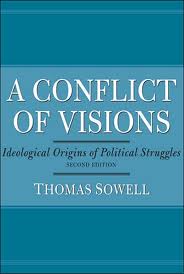 Lavoie posits himself as conducting what in the academic trade they call a “Foucauldian discourse analysis” — a metacritical enterprise that, standing apart from a particular inquiry and debate (and implicitly above them, in a hierarchical sense), comments on the language thereof and the tacit assumptions inherent therein. Nothing wrong with that as a project; to the contrary, it can shed useful light on the subject. (For example, I consider Thomas Sowell’s A Conflict of Visions a prime example of this form at its best, though, unlike Lavoie, Sowell feels no need to invoke the decreasingly trendy ghost of Michel Foucault to validate his efforts.)
Lavoie posits himself as conducting what in the academic trade they call a “Foucauldian discourse analysis” — a metacritical enterprise that, standing apart from a particular inquiry and debate (and implicitly above them, in a hierarchical sense), comments on the language thereof and the tacit assumptions inherent therein. Nothing wrong with that as a project; to the contrary, it can shed useful light on the subject. (For example, I consider Thomas Sowell’s A Conflict of Visions a prime example of this form at its best, though, unlike Lavoie, Sowell feels no need to invoke the decreasingly trendy ghost of Michel Foucault to validate his efforts.)
Consequently, as an argument, this book lacks what I call a “therefore.” Lavoie does not intend to contribute to or assess the actual substance of Capa-related research, merely to comment on its semantics. He contents himself with analyzing the language in which that research gets conducted, in order to show that it contains aspects of forensic and juridical rhetoric. Therefore … what, exactly? Yet apparently Lavoie and his publishers find this noteworthy. That tells us a lot about the condition of scholarship in academic circles in Canada and France.
•
Lavoie’s point concerning the Capa D-Day project — his only point, so far as I can determine — is that, as he puts it in his concluding sentence, in emphasizing testimony, documentation, and forensic analysis of physical evidence (negatives, contact sheets) and documents, I and my colleagues in this effort “have instituted a form of historiography of the icon that adopts the rhetoric of the courtroom.” (My translation.) This implies, surely, that, if true, there’s something inappropriate or suspect about my/our use of such rhetoric — though exactly where we go wrong Lavoie never states outright. So this opportunistic piggybacking on our research constitutes little more than the academic equivalent of tone-policing, about which I’ve already had my say in an earlier post.
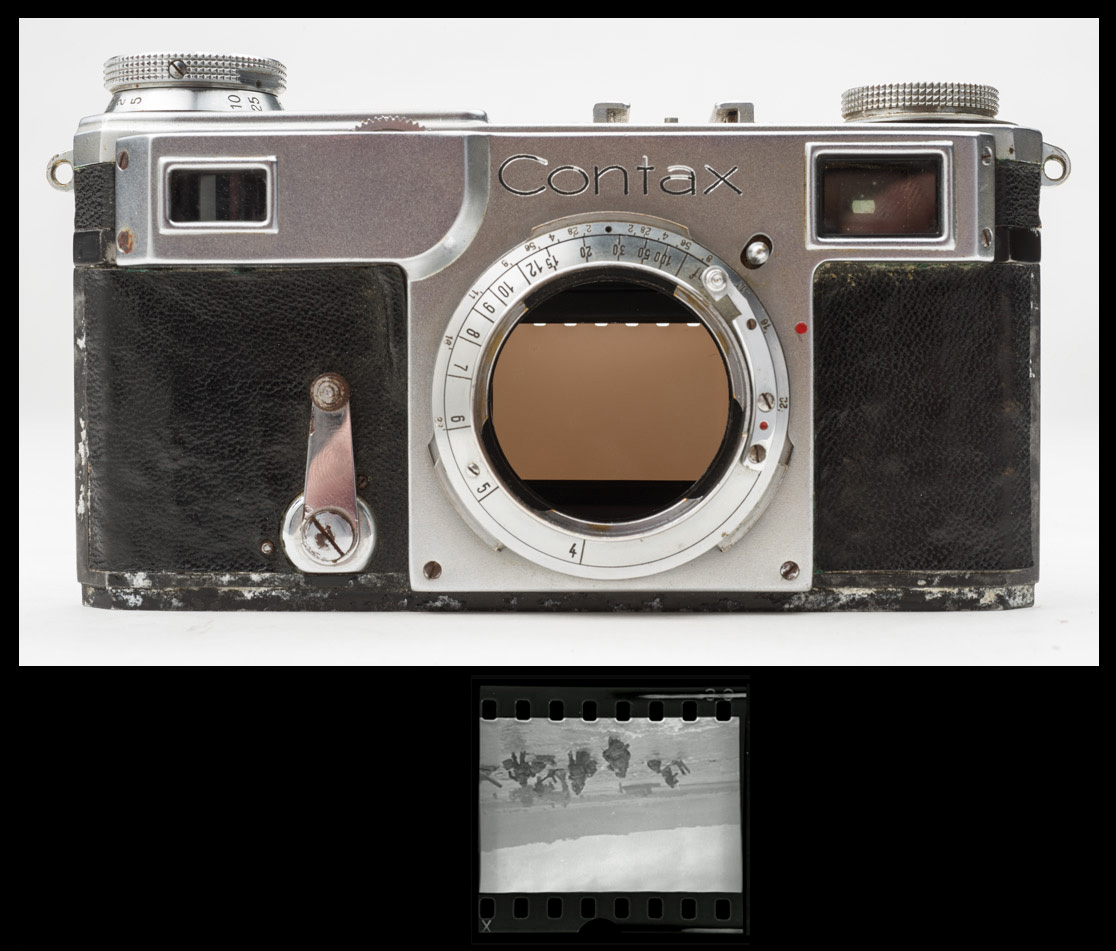
Top: Contax camera loaded with shorter Kodak cassette showing sprocket holes being exposed. Bottom: Capa negative shown with proper orientation as it would have appeared in the camera. Note exposed sprocket holes. Top photo © 2015 by Rob McElroy.
•
Criticism, historianship, scholarly research, and investigative journalism (including serious cultural journalism) share certain semantic tendencies, especially when they seek to challenge and/or dismantle entrenched verities. Any examination of data, especially if it addresses physical material, documentation, etc., inevitably includes elements of the police procedural; and the analysis and presentation of the accumulated evidence necessarily partakes of the prosecution/defense dynamic of the courtroom.
This does not qualify as an insight on my part, nor on Lavoie’s part. Thus his conclusion — that various researchers’ inquiries into the making of “Falling Soldier,” and our team’s investigation of the D-Day images and the myth of their almost complete destruction, have rhetorical aspects reminiscent of the courtroom — should surprise no one. I’ve said as much myself, now and again, during the course of my work on this project.
Indeed, I’ve cited Émile Zola and Oriana Fallaci as among my models for investigative journalism, as exemplified in the Capa D-Day project. Zola’s legendary “J’accuse!” polemic of 1898 about the Dreyfus case stands as an archetype of the journalist serving as both detective and lawyer (in Zola’s case, for the defense of Dreyfus). From its title on to its conclusion, his classic diatribe “adopts the rhetoric of the courtroom.” To my knowledge, no one to date — and certainly not Lavoie — has argued that Zola’s lack of credentials as either a detective or a lawyer somehow discredits or trivializes his rhetoric, his research, his analysis, or his conclusions. …
(Part 1 I 2)
•
(For an index of links to all posts in this series, click here.)
•
Special offer: If you want me to either continue pursuing a particular subject or give you a break and (for one post) write on a topic — my choice — other than the current main story, make a donation of $50 via the PayPal widget below, indicating your preference in a note accompanying your donation. I’ll credit you as that new post’s sponsor, and link to a website of your choosing.
 Include a note with your snail-mail address (or email it to me separately) and I’ll include three (3!) copies of The Silent Strength of Liu Xia, the catalog of the 2012-13 touring exhibition of photos by the dissident Chinese photographer, artist, and poet, who, after eight years of extralegal house arrest in Beijing, finally got released and expatriated to Germany in 2018. The only publication of her photographic work, it includes all 26 images in the exhibition, plus another 14 from the same series, along with essays by Guy Sorman, Andrew Nathan, and Cui Weiping, professor at the Beijing Film Academy. Keep one for yourself, share the others with friends.
Include a note with your snail-mail address (or email it to me separately) and I’ll include three (3!) copies of The Silent Strength of Liu Xia, the catalog of the 2012-13 touring exhibition of photos by the dissident Chinese photographer, artist, and poet, who, after eight years of extralegal house arrest in Beijing, finally got released and expatriated to Germany in 2018. The only publication of her photographic work, it includes all 26 images in the exhibition, plus another 14 from the same series, along with essays by Guy Sorman, Andrew Nathan, and Cui Weiping, professor at the Beijing Film Academy. Keep one for yourself, share the others with friends.


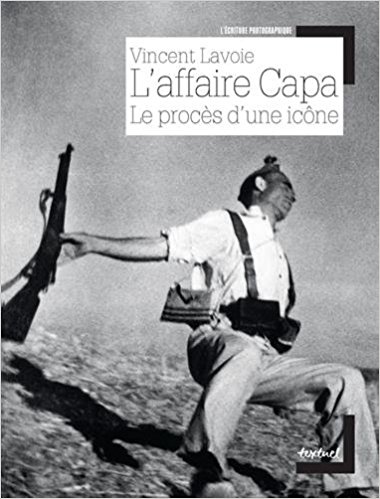
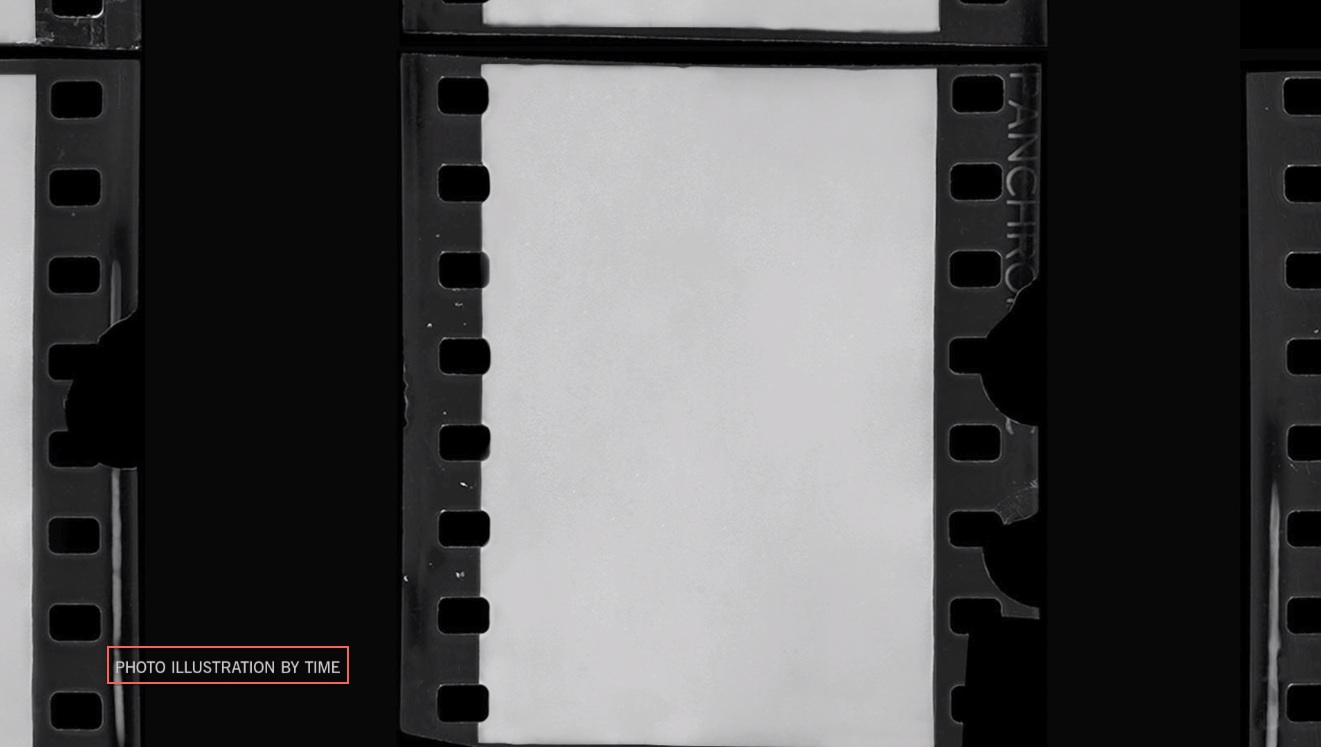
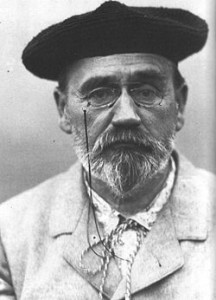




Lavoie may be representative of Montreal or even Quebec, but not all of Canada. I am aware, for example, of some pretty good art and photography scholarship from Ryerson University in Ontario.
I certainly didn’t intend that comment as a broad-brush dismissal of all Canadian scholarship. Still, like such work from everywhere, some of it has its failings. See, in this regard, my 2014 series of posts, “Across the Great Divide.”